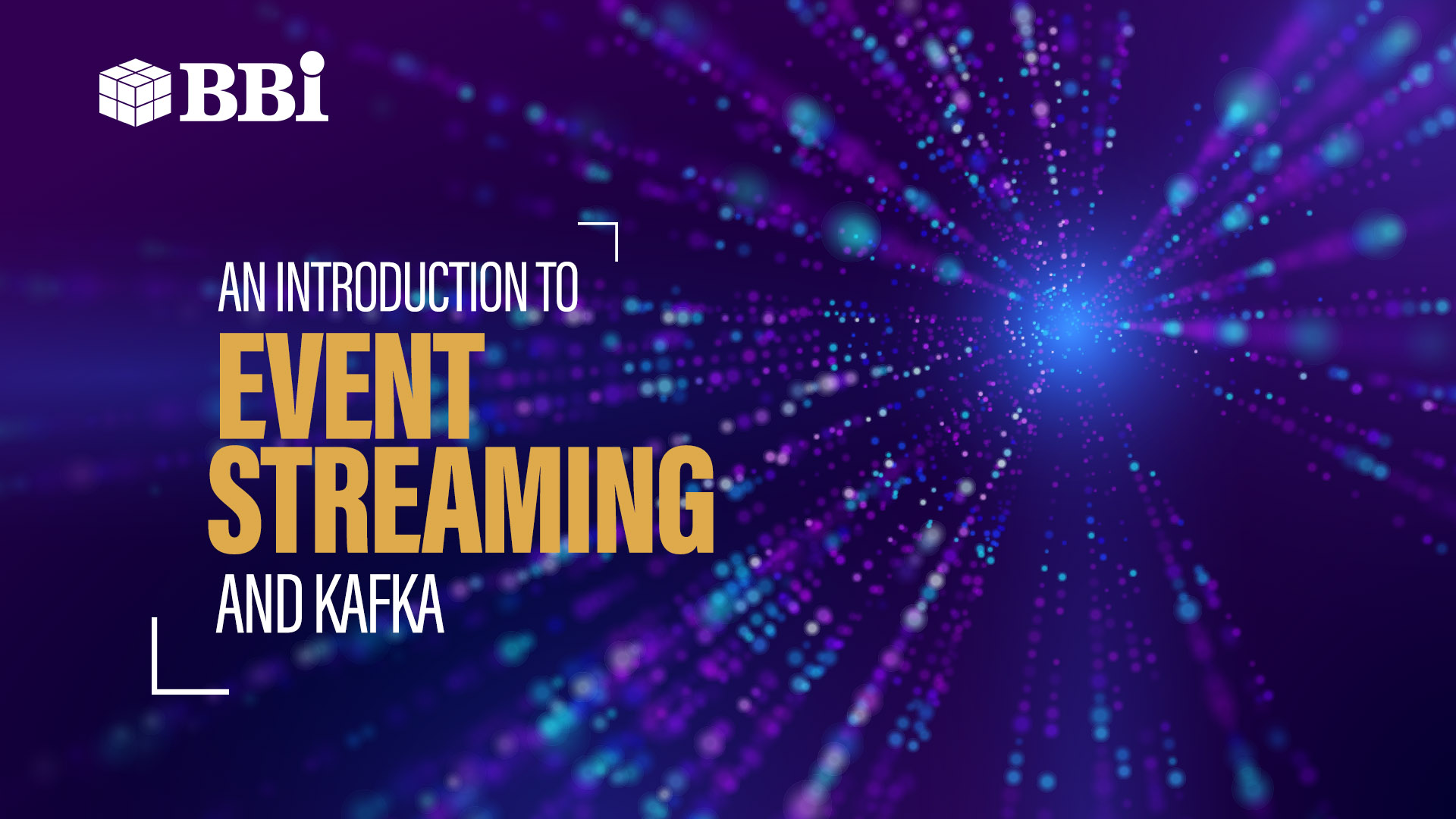

Today’s businesses use different applications to collect, organize, and generate data. In the past, businesses used software to improve the way people handle data. Today, organizations deploy software to automate many aspects of their operation, including data management.
Data-in-Motion: What Is an Event and Event Streaming?
An event is an action that involves a change in state—new data emerges, triggering one or more actions—which is recognized and saved by software or applications. For instance, when someone places an order on an e-commerce site, a product that was formerly for sale becomes sold. Also, the order event triggers invoicing and shipping processes.
Event streaming automates the continuous flow of data generation, capture, storage, and processing. It combines information from various sources to present a comprehensive, real-time view of an aspect of one’s business or its entirety. IDC predicts that almost 30% of global data will be real-time information by 2025.
Event stream processing is ideal for organizations handling large volumes of continuous data. Some of its practical uses include:
· Real-time insights
Event streaming allows logistics firms to track and monitor their fleets and shipments in real-time. Streaming also aids manufacturers in detecting any problems with their production line, leading to any necessary repair and avoiding massive wastage.
· Use of “idle” data
Some business systems generate data that seem useless on their own but are crucial for performance analytics. For example, airlines can study data related to ticket-buying patterns, plane delays, and wait times to revise their operational targets and marketing plans.
· Better customer experience
Companies can earn their market’s trust when event stream applications help them collect and respond promptly to customer feedback or offer personalized discounts and product recommendations.
How Does Apache Kafka Operate?
Apache Kafka is currently the world’s most popular event streaming tool. Originally built in 2010 as a part of LinkedIn, Kafka helped the business-oriented social networking portal analyze how its visitors moved around the site. This allowed LinkedIn to predict what news updates, events, or products its visitors would be interested in.
Kafka was passed on to Apache Foundation and became an open-source software in 2011. Netflix, Spotify, and Uber now use it to process streaming data, so they can better understand their users’ or system’s behavior.
To understand how Kafka works, let’s take the example of a burger chain. Kafka receives information from a wide network of data sources and organizes those into topics. The topics could be “number of burgers sold” or “number of sales from 9 am to 12 noon.” Producers—which include web servers or applications—write these events to Kafka. Another interface, known as consumers, uses data from producers and passes them on to other applications that might need them. This may include the system that records and alerts the store about expired or out-of-stock items.
Prepare Your Business for an Event-Driven Future
Your business should consider using event streaming platforms such as Kafka if your systems handle millions of data that get transmitted from producers to data handlers and onto data storages. Real-time data processing and activity tracking are necessary for conducting performance analysis, detecting fraudulent transactions or other problematic issues, and providing personalized customer experiences.
Kafka is also scalable; it can expand as your business and your volume of generated data build up over time.
BBI’s expert team can integrate Apache Kafka into your company’s current systems to support your particular use case. Contact us to learn more from our data consultants about implementing event streaming architectures.

